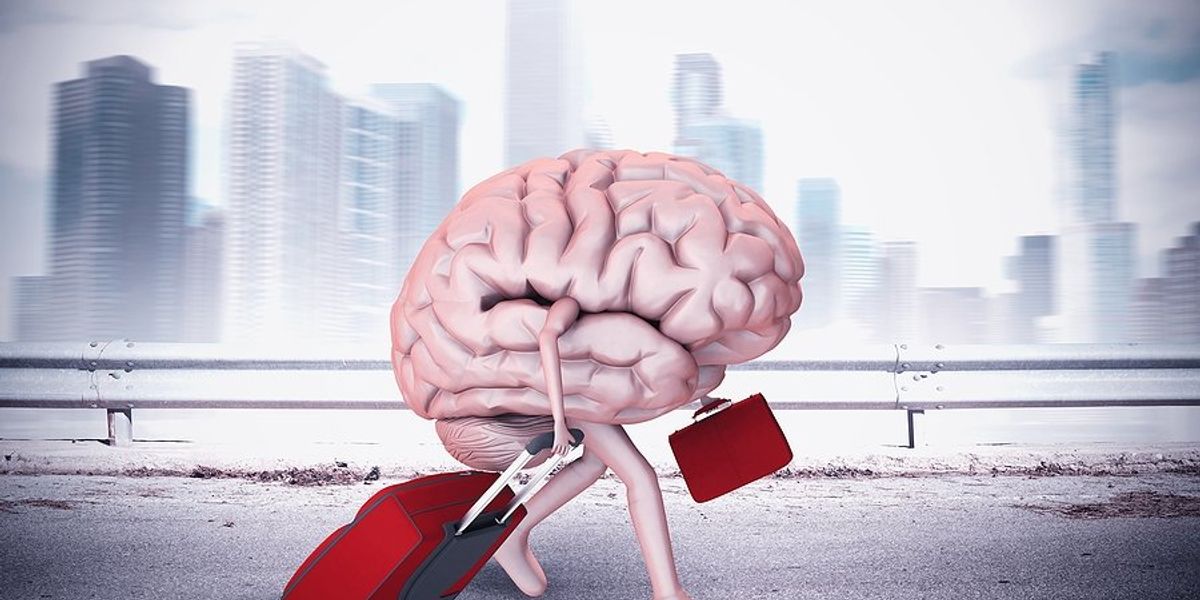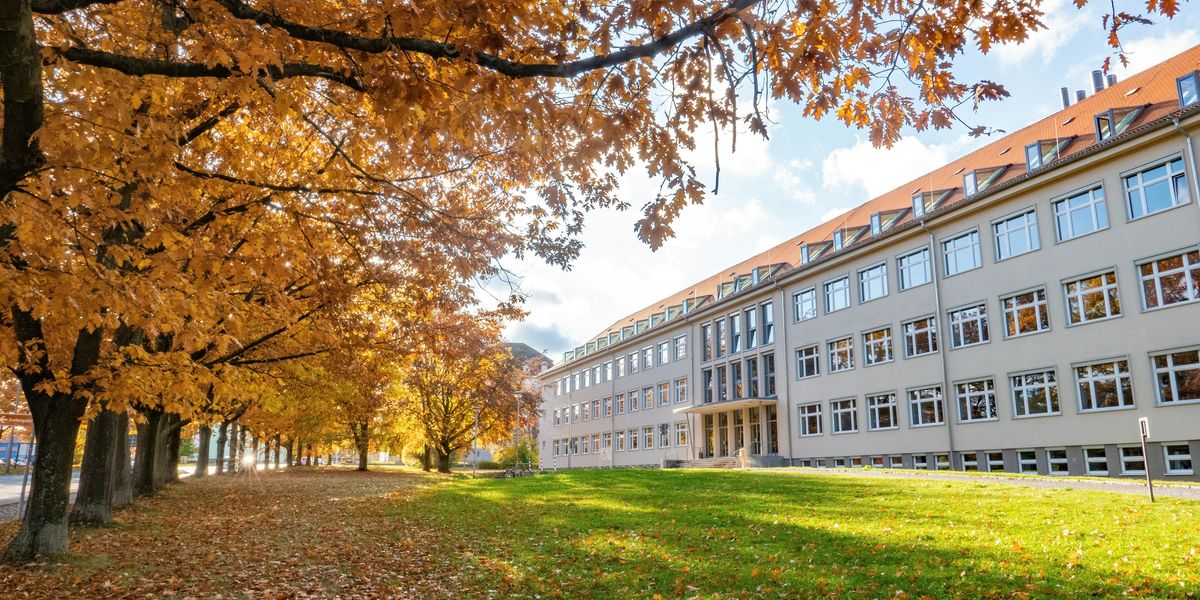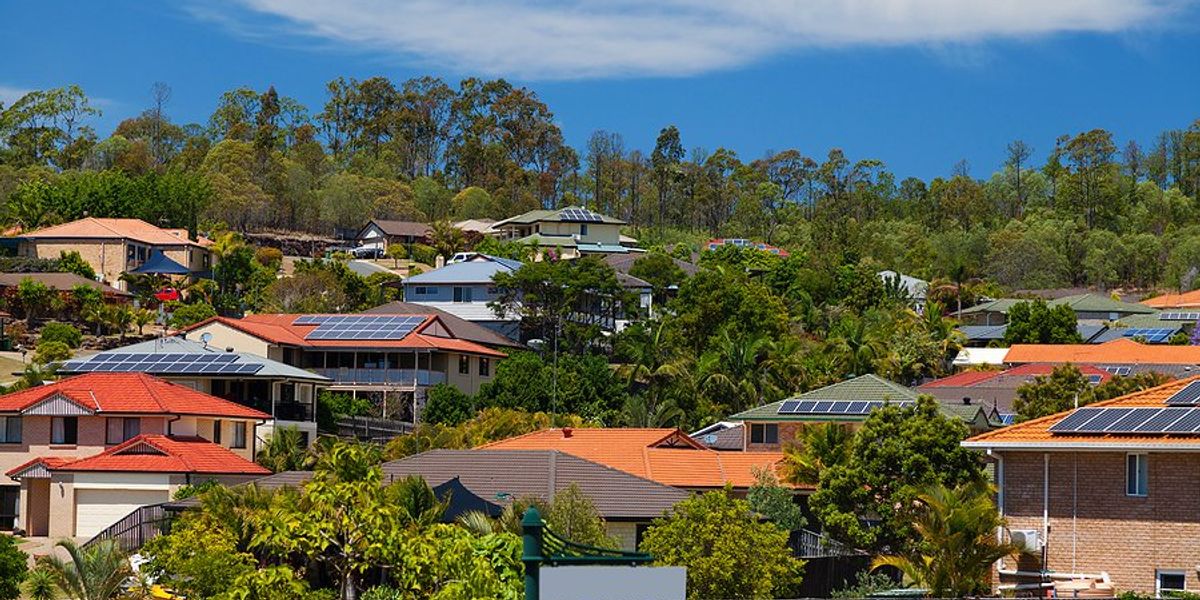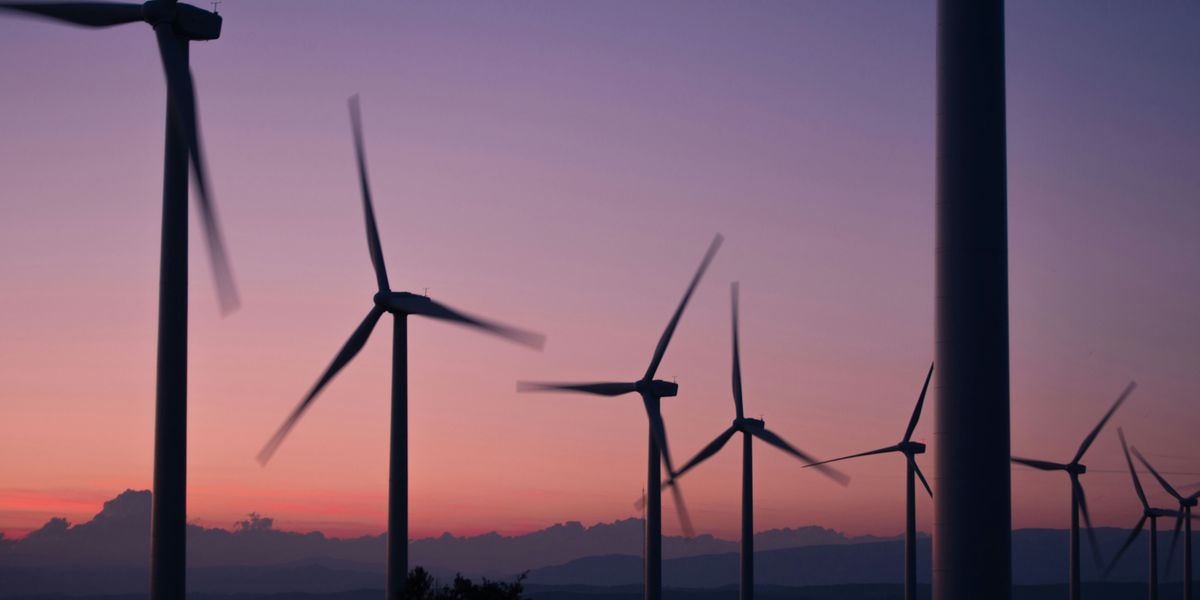emissions drivers
Amazon rainforest at risk of significant transformation by mid-century, study indicates
The critical balance between human activity and the Earth's natural climate regulators is beginning to tip — and not in a good way.
In short:
- A recent study predicts that by 2050, 10% to 47% of the Amazon rainforest could undergo severe ecological changes due to deforestation and climate change, potentially transitioning into savanna grasslands.
- The Amazon, a critical carbon sink for 65 million years, faces threats from global warming, extreme droughts, and fires, risking the release of stored carbon and accelerating global warming.
- Researchers emphasize the urgency of maintaining "safe" ecological thresholds, including limiting global warming to 1.5 degrees Celsius and reducing deforestation to below 10% to avoid catastrophic ecosystem degradation.
Key quote:
"At the end of this process, our planet will reorganize itself, find a new equilibrium... humans and other species will have to readapt to very unpleasant conditions."
— Bernardo M. Flores, lead author of the study.
Why this matters:
The Amazon's potential collapse into a degraded ecosystem not only threatens biodiversity and Indigenous communities but also diminishes its role in carbon sequestration, exacerbating global warming. The planet’s largest ecosystems could collapse faster than we thought.
Corn harvests in the Yukon? Study finds that climate change will boost likelihood that wilderness gives way to agriculture
As new areas become suitable for planting, researchers predict that vast swaths of biodiversity will be at risk, particularly in northern regions and the tropics.
How Canada's wildfires are warming the stratosphere
Maker of leather car seats targeted in congressional probe
Concrete has a huge impact on climate. Why is it so hard to fix?
Deforestation on the rise in Quintana Roo, Mexico, as Mennonite communities move in
Satellite imagery and field visits reveal vast swaths of rainforest have been cleared for large-scale agriculture.



















